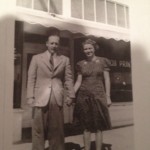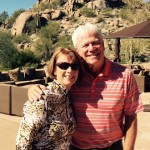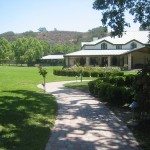by Bob Sparrow
It is the most famous hike in South America, perhaps the world; it is said to be life changing. Making the four-day trek on the Inca Trail through the Sacred Valley to the spectacular lost city of Machu Picchu is said to be the perfect travel combination of the excitement of the journey and the joy of the destination. It is an experience that is both arduous and awe-inspiring.
In two weeks our flight will take us from Los Angeles to Lima, Peru and then on to Cusco, located near the Urubamba Valley where the snow capped Andes Mountains gives way to the lush Amazon jungle. It’s also not far from Lake Titicaca, not that that’s important, I just wanted to get the word ‘Titicaca’ into the conversation.
The ‘us’ on this trip include, of course my hiking buddy and good friend, Patrick ‘Trail Boss’ Michael, newbie Steven ‘Yogi’ Bernardy, a friend of Patrick’s’ since childhood and Steven’s son, Graydon (No Nick Name Yet), a recent graduate of University of San Francisco, who is headed to Med School.
Ironically, we arrive in Peru on Columbus Day and since Columbus’ explorations led to the subsequent colonization of the New World and specifically to nefarious Spanish Conquistador Francisco Pizzaro and his three barbaric brothers’ conquering of the Incas, it is not a particularly joyous day in Peru. They celebrate Columbus Day in South America with the same enthusiasm the British celebrate the 4th of July in England.
Our first order of business upon arriving in Cusco, the ancient capital of the Inca Empire which sits at 11,000 feet in elevation, will be to ‘acclimate’ to the altitude; as our four-day hike will take us to nearly 14,000 feet. Below is a graphic that’s been haunting me ever since I saw it . . .
Our hike is scheduled as follows:
Day 1 is about 7.5 miles of slightly up-hill hiking, that evening we will sleep in a tent and have no shower facilities.
Dreaded Day 2, as you can see by the graphic, has a lot of ‘up’ in the 5.5 miles we cover going over ‘Dead Woman’s Pass’ (more on that later) – it is by far our toughest day. We will try to keep in mind that getting there is half the fun! We sleep in a tent that night and have showers, but there is no hot water. I suspect we all may be a bit ‘gamey’ after two days of no hot showers.
Day 3 is a little up and a lot of down, covering about 8.5 miles; our tent accommodations do have warm water showers after the hike – for a price.
Day 4 is only three fairly flat miles, but we’ll be getting up between 4:00 – 5:00 a.m. so that we can see the sun rise over Machu Picchu. The remainder of Day 4 will be spent exploring the lost city with our guide. At the end of the day we will board a bus that will take us to the train station where we will head to the Sacred Valley. The Sacred Valley is a collection of small towns and archaeological sites that offers both a glimpse into daily Peruvian life as well as a full picture of the accomplishments and operation of the once-glorious Inca Empire.
After a night’s stay there we will head back to Cusco and try to find all the things we left there before we embarked on our hike. We will spend the night and then leave for home the following morning.
It shouldn’t surprise any of you to know that there are no cell towers, Wi-Fi or any other kind of connectivity along the Inca Trail, so this will be the last blog you’ll get from me until I’m back in some form of civilization. I promise to take notes with a pencil and pad (if I still remember how to use them) at the end of each day and get them into the blog when time and connectivity allow.
I know that some of our readers have been to Machu Picchu, so please let me know if there is anything I should make sure to see or anything I should make sure to avoid. Thank you!
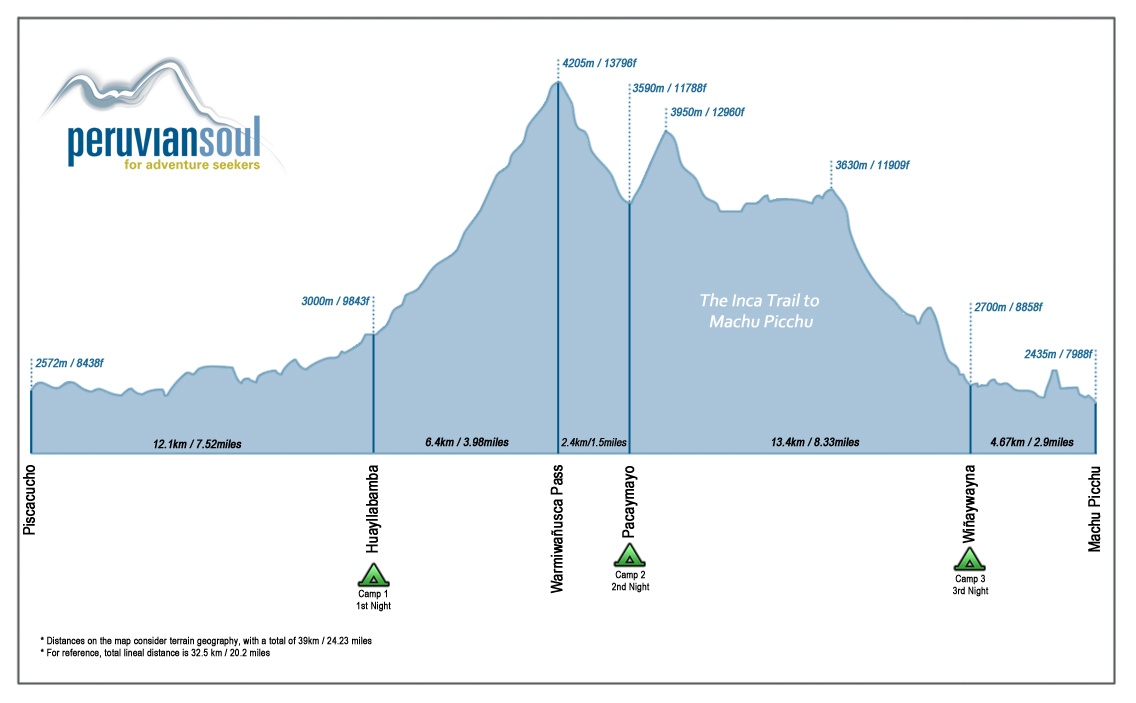

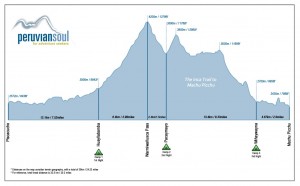
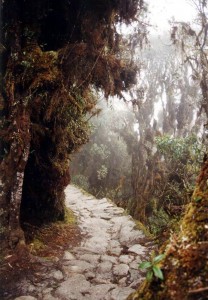
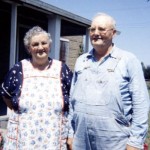
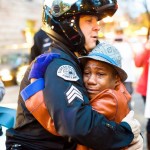

 While Suzanne was enjoying the cooler environs of Nipomo and I was trying to sneak into Russia, this past August marked a small blog milestone – our 4-year anniversary. Those of you who have been with us for the entire ride may remember that our blog started in August 2011 – we certainly don’t remember back that far! Initially it was a way to use social media to drive visitors to our ill-fated tribute poem writing business, Red Posey. The blog was then entitled Morning News in Verse and we would follow a USA Today newspaper format by writing four rhyming stanzas about topical news – one stanza each about Headlines, Business, Sports and Entertainment. Suzanne and I would alternate publishing a poem EVERYDAY! That everyday thing lasted for about two months, when we realized that it was occupying way too much of our life – like all of it; so we cut back to twice a week. Every once in a while we would deviate from the poetic format, as deviates are wont to do, and write prose about various subjects. An example of this occurred in September of 2011, the 10th anniversary of 9/11, when Suzanne wrote a moving piece entitled, Small Moments – A 9/11 Tribute,
While Suzanne was enjoying the cooler environs of Nipomo and I was trying to sneak into Russia, this past August marked a small blog milestone – our 4-year anniversary. Those of you who have been with us for the entire ride may remember that our blog started in August 2011 – we certainly don’t remember back that far! Initially it was a way to use social media to drive visitors to our ill-fated tribute poem writing business, Red Posey. The blog was then entitled Morning News in Verse and we would follow a USA Today newspaper format by writing four rhyming stanzas about topical news – one stanza each about Headlines, Business, Sports and Entertainment. Suzanne and I would alternate publishing a poem EVERYDAY! That everyday thing lasted for about two months, when we realized that it was occupying way too much of our life – like all of it; so we cut back to twice a week. Every once in a while we would deviate from the poetic format, as deviates are wont to do, and write prose about various subjects. An example of this occurred in September of 2011, the 10th anniversary of 9/11, when Suzanne wrote a moving piece entitled, Small Moments – A 9/11 Tribute, 
